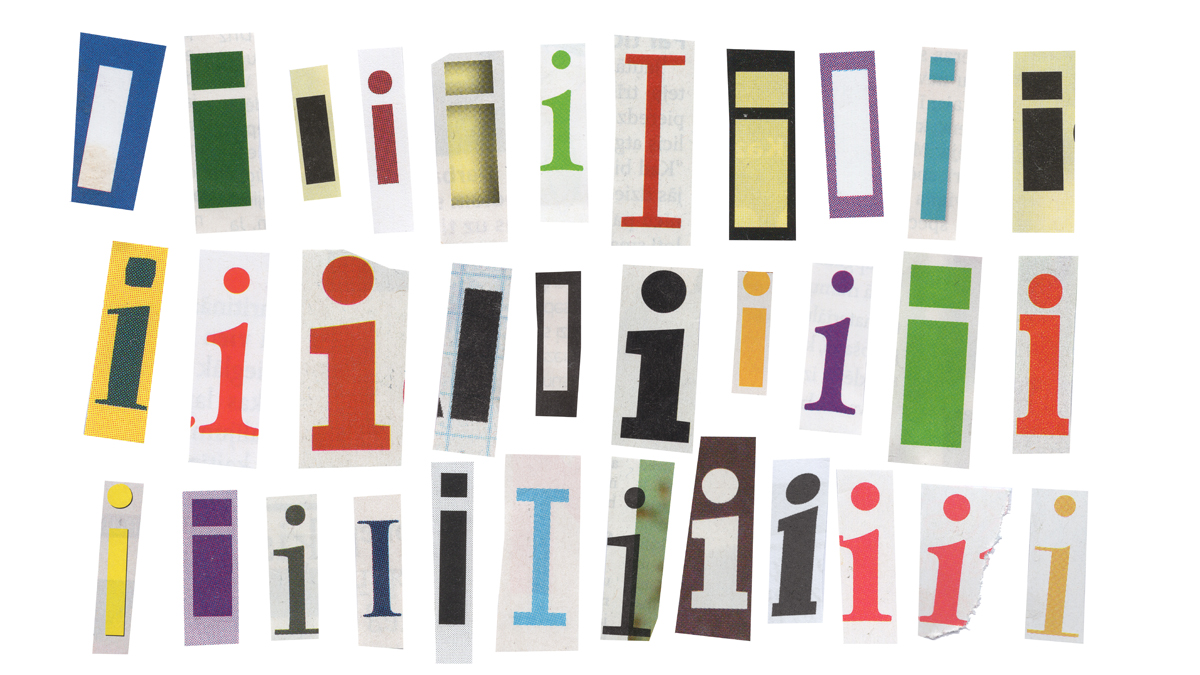Cybercriminals are constantly pushing the boundaries of our computer systems and networks. They are always on the lookout for vulnerabilities and ways to exploit them for their gain and our loss. The homograph attacks represent a significant challenge that blurs the lines between authenticity and deception. In this blog, we will dissect the anatomy of these attacks, unravel their mechanisms, and give you actionable strategies to strengthen your business and personal online life against this insidious threat.
What is a Homograph Attack?
Known by various names, including IDN homograph attacks, homoglyph attacks, or Punycode attacks, these sophisticated tactics exploit our natural vulnerabilities and the technical intricacies of internationalized domain names (IDNs). At its very basic, a homograph attack is a method of deception that takes advantage of the visual similarities between characters, even from the same alphabet (the lowercase “i” vs. the uppercase “I”), and creates fake or misleading but familiar domain names or URLs.
A classic example is when a user receives an email from a seemingly legitimate source, like a bank, but the URL in the email leads not to a trusted bank’s site but to a fraudulent one, meticulously crafted to siphon your sensitive information. This is the essence of a homograph and homoglyph attack. The receiver does not notice the slightest difference in the letters or characters of the malicious URL or domain name.
Homoglyph vs Homograph
Homoglyph attacks can be seen as a subset of homograph attacks that specifically exploit characters that appear identical or nearly identical, such as the Latin letter “o” and the Cyrillic “о”. The subtlety of this attack lies in its ability to bypass the user’s vigilance and even some security measures, as the deceptive domain name looks virtually the same as the intended one.
For example, imagine a fake website using the domain name “paypaⅼ.com” instead of “paypal.com” with a Cyrillic “l” instead of a Latin “l.” Oftentimes, homoglyph and homograph attacks are used interchangeably.
How Long Have Scammers Used Homograph Attacks?
Homograph attacks have been around for over two decades and continue to evolve. The start of IDN homograph attacks is intertwined with the best intention of making the internet more accessible and inclusive. Not all languages use Latin characters. IDNs allow domain names to include non-Latin characters to reflect the language diversity of the global user base. However, this also opened Pandora’s box, enabling threat actors to register domains that are visually indistinguishable from trusted entities using characters from different scripts. This is where the term “Punycode” comes into play – a special encoding used to convert Unicode characters to a limited character set supported by the Domain Name System (DNS), which, unfortunately, can also be abused to create malicious URLs.
How is Typo squatting Different?
Typo squatting is also known as URL hijacking. It is another deceptive tactic where cybercriminals will register slightly different domain names that may be slight misspellings of legitimate websites. If a user types in the wrong or misspelled web address, for example, www.appple.com, it is taken to a malicious site built to look exactly like the real one. It is similar to homograph attacks in that it takes advantage of human visual vulnerabilities, confirmation biases where we see what we want to see, and other psychological tactics.
How to Protect Yourself from Homograph Attacks
When online, we must always be vigilant. Adopting proactive measures and sticking to best practices are two ways to safeguard against homograph attacks or other cyberattack. Regularly updating all software and browsers will supply you with the latest security features designed to stop attacks.
Additionally, using strong authentication processes and security tools, such as complete email security solutions that offer real phishing protection, will further fortify your digital line of defense. Whenever entering any sensitive information, always scrutinize the URLs carefully and verify the legitimacy.
To sum up, the fight against homograph attacks requires a multi-faceted approach, blending user education, technical safeguards, and policy interventions.
- Awareness is the first line of defense; educate users about these types of attacks.
- Build and support a culture of vigilance. Always be on the lookout.
- If you see something suspicious, report it.
- Update computers when IT has deployed advanced security measures.
Additionally, browser developers and domain registrars play a pivotal role in implementing measures to identify and block malicious IDN registrations, thereby cutting the problem at its root.
Defend Yourself Against Homograph Attacks with MXGuardian
MXGuardian is all too familiar with homograph attacks, IDN attacks, homoglyph tactics, and other cyber threats to our online security. Let us be your best defense against email and cyber threats. We’re committed to offering businesses the best email threat protection around. Try our risk-free trail or any-time cancellation. We offer unlimited messages, unlimited domains, free US-based technical support, and no contracts. Contact our experienced representatives today, who can help you understand your business’s current security and find solutions for your business’s unique needs.
